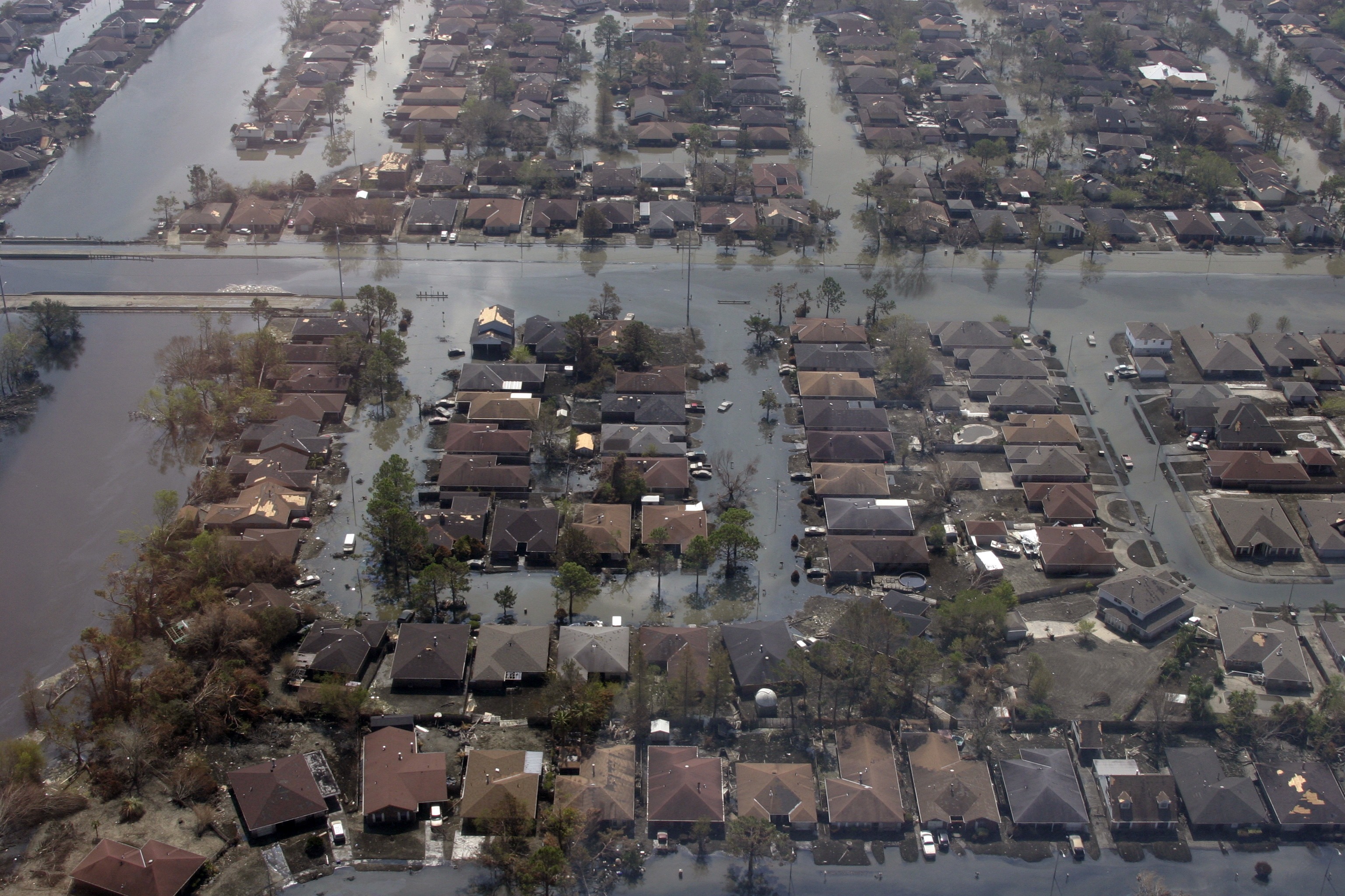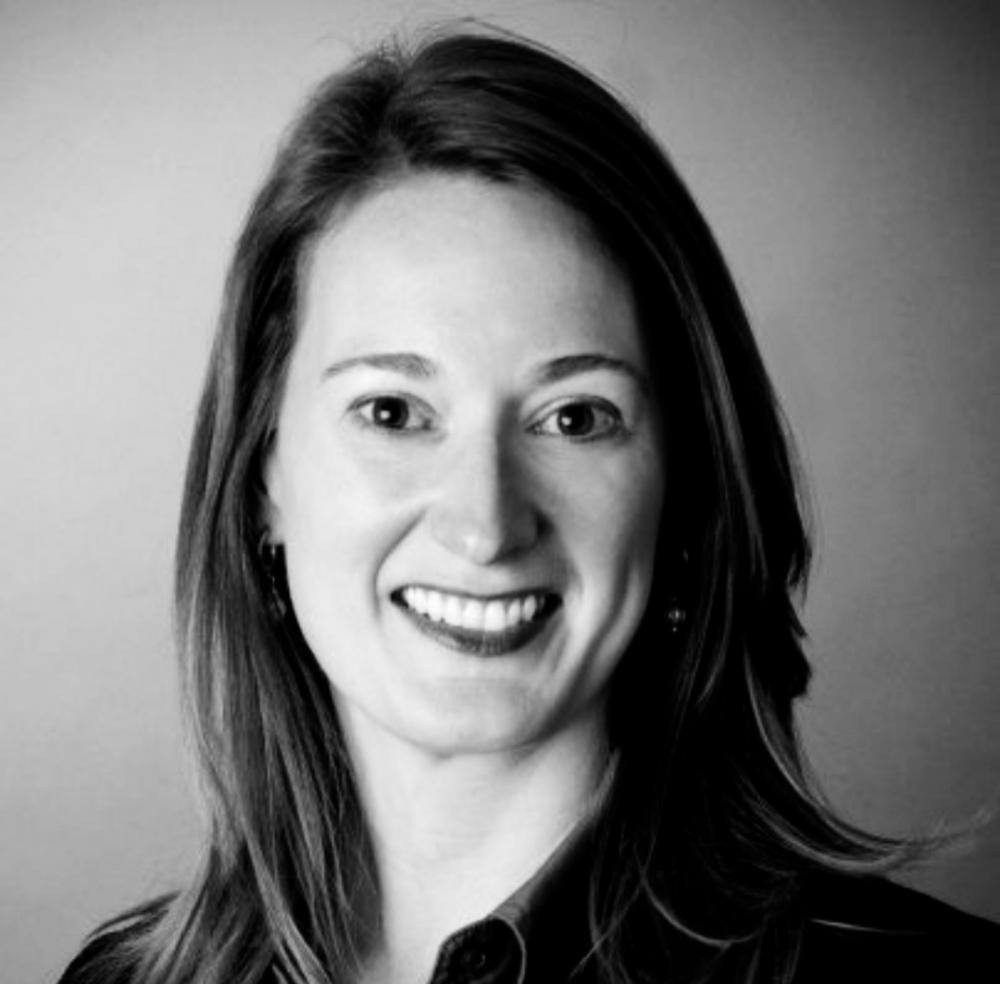
September is National Preparedness Month, and with good reason: We’re hitting peak hurricane and wildfire season. Preparedness is critical, but what does that mean in the face of repetitive battering by natural disasters intensified by climate change? The answer lies in resilience, commonly defined as the ability to bounce back when disaster strikes. For those living in vulnerable areas, like the Gulf Coast and western states, resilience is even more urgent.
Most often, when resilience is spoken about in climate circles, it centers on the infrastructure: grid hardening, nature-based solutions, distributed clean energy systems, increased biodiversity, improved water infrastructure, and so on. But the resilience must also focus on communities. To that end, building community resilience should start with people.
The problems that have led to the need for building resilience
Living through one climate-fueled natural disaster is stressful enough, but evidence mounts about the overall impact that climate change is having on our mental health. That stress is compounded if you happen to live in one of the areas battered time and again, such as New Orleans.
In 2005, Hurricane Katrina hit communities of color and low-income communities, often in the lowest-lying areas, the hardest. The people in those communities are also the ones who have struggled to get back on their feet since then. In addition to the physical destruction in neighborhoods, much of the healthcare infrastructure was destroyed, creating long-term physical and mental health challenges. The trauma continues to linger, and has been exacerbated by the COVID-19 pandemic, which has been a further blow to the city’s economy and well-being. Add Hurricane Ida to the mix, which struck the city on the 16th anniversary of Katrina, and it’s hard not to see that all of this affects the psyche and prospects of people living in and around New Orleans.

A solution for ensuring resilience for people and their communities
Some efforts to build resilience offer a way to bolster physical resilience while also empowering community members and others who want to help them. There is no one-size-fits-all model, but recent efforts are starting to focus more directly on developing the workforces to address resilience issues.
One idea is the Civilian Climate Corps. Modeled on the Civilian Conservation Corps created by President Franklin Roosevelt to get (mostly white) men back to work during the Great Depression - and also providing the workforce to build some of the largest infrastructure projects in the U.S. - it is a proposal that has been floated in Washington for years and recently revived in Congress and by the Biden administration. Many states and regions have their own versions of such programs, but a nationwide effort, as long as it were adequately funded, could go a long way to building a workforce focused on building community resilience. Advocates note, however, that in order to be successful, employment should be diverse and inclusive to reflect the communities in which they work.
A Civilian Climate Corps could work on a range of projects, from installing solar panels to building resilient stormwater infrastructure to installing urban gardens, thus enabling mitigation, adaptation, and resilience all to play a part. While state and regional groups continue to build workforces to help with conservation projects, one group aims to build a workforce specifically targeted at increasing resilience.
Enter the work of Resilience Force
Resilience Force is a nonprofit that focuses on mobilizing and advocating for the people who work to help communities recover from natural disasters, such as those in construction, healthcare and emergency response. Born out of a group advocating for immigrant worker rights, Resilience Force works with local and state governments to train and deploy workers with the aim of creating a national resilience workforce, based in the Federal Emergency Management Agency, that centers around the most affected communities. “Thousands of workers clear debris and trees, fix roofs, rebuild homes, schools, hospitals and entire cities,” Saket Soni, the Executive Director of Resilience Force, told TriplePundit. “While we believe that volunteers are indispensable after disaster strikes, we envision a paid resilience workforce, of tens of thousands of workers, who can do preparation and recovery work year-round.”
A national program could, according to Soni, be deployed to undertake critical rapid repair work and get people back into their homes after a natural disaster. Modeling how that could work, the organization established the New Orleans Resilience Corps, a public-private partnership backed by funding from the Rockefeller Foundation and the Ford Foundation, among others, that retrains unemployed service industry workers to bolster COVID-19 relief and climate disaster preparedness.
With communities of color on the front lines of both the pandemic and natural disasters, the New Orleans Resilience Corps prioritizes engaging those who feel the most impact. “A majority of the resilience workforce are people of color,” Soni explained to 3p. “A large portion are immigrants. A significant share are women. Resilience Force is the national voice for this rising workforce - the millions of people whose work, heart, and expertise make just and equitable recovery from disasters possible.” He envisions a rising resilience industry “to be a source of good jobs and a pathway to the middle class for communities on the front lines of climate change, much like the auto industry was in another era.”
With the initial focus on New Orleans—a natural place to start given the effects of climate change and COVID-19 on the city—the group hopes to expand the city-based model to other areas like Houston that face both recurring natural disasters and high rates of unemployment, especially within communities of color. The emphasis on particular communities is not random. “As a nation, we have become increasingly dependent on the work of rebuilders and repairers on the front lines [of climate change] to rebuild homes, schools and hospitals,” Soni said. “They are the ‘essential workers’ of the climate change era. And yet, resilience workers are locked into poverty-wage jobs without labor protections, standards or benefits.”
Soni hopes that through their efforts, they can bring attention and opportunities to those workers. “The same low-income communities and communities of color who are often bypassed for federal investments in resilience are the same communities that suffer from frequent disasters and a lack of good jobs. We can make sure that these resilience jobs, with high labor standards, are available to frontline communities.”
As we head into fall and likely more storm, flooding, and wildfire destruction, communities have to prepare for the worst. But when the next disaster is done and rebuilding starts, developing a diverse and inclusive workforce that is deeply invested in the community could be a powerful tool to getting people and cities back on their feet.
Image credit: Brother Swagler/Unsplash

Kate is a writer and policy wonk, with a focus on water, clean energy, climate change and environmental security. She spent over a decade running energy-water nexus and energy efficiency programs at Environmental Defense Fund as well as time at the U.S. Departments of Energy and Defense, U.S. Government Accountability Office, and state and federal legislatures. She serves as an Advisory Board member of CleanTX, which aims to accelerate the growth of the clean tech industry in Texas.














